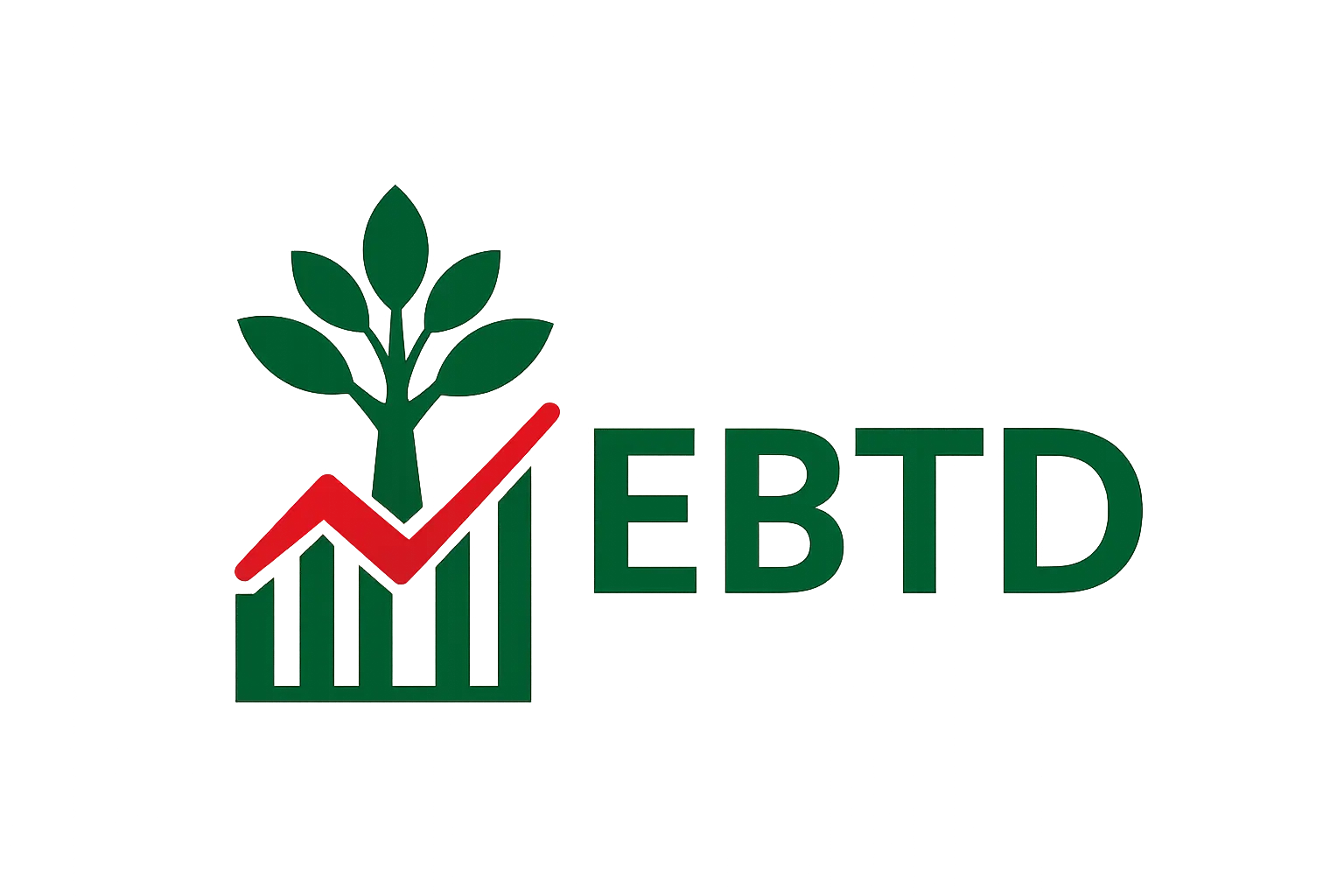BRIDGE: Achievement Self-Review Framework
Introduction to Achievement Review
Achievement is the visible outcome of everything that happens in a school — the curriculum taught, the quality of teaching, the inclusiveness of classrooms, and the support pupils receive from home and community. Yet true achievement is broader than examination results. It reflects how much each pupil has learned, how far they have progressed from their starting point, and how prepared they are for life beyond school.
The BRIDGE Achievement Framework helps schools in Bangladesh review and strengthen how they understand, track, and celebrate pupil success through six connected clusters:
- Academic Attainment – analysing pupil performance in school assessments and public examinations.
- Progress from Starting Points – understanding improvement over time, not just final outcomes.
- Equity in Outcomes – identifying and closing gaps between groups of learners.
- Recognition Beyond Academics – valuing success in arts, sports, leadership, and service.
- Learner Voice & Confidence – listening to how pupils describe their learning, growth, and self-belief.
- Next Steps & Future Pathways – exploring where pupils go next — higher study, vocational routes, or employment.
🧭 How to Use This Review
These clusters are designed to encourage honest, evidence-based reflection across both academic and personal dimensions of success. Schools can:
- Start with the cluster that aligns with current priorities or inspection focus.
- Divide clusters among departments or leadership teams (e.g., assessment, co-curricular, pastoral).
- Combine findings into a whole-school improvement plan that connects teaching, inclusion, and outcomes.
Each cluster includes:
🔎 Evidence Review – explaining what the cluster means and why it matters.
🧪 Active Ingredients (Non-Negotiables) – essential practices that drive improvement.
🧭 Self-Evaluation Questions – prompts for discussion and reflection.
📊 Exemplar Table – a practical model showing how to record findings and next steps.
📥 Download Template – a Word version to adapt for your school context.
💬 Principles for Meaningful Review
- Focus on learning, not labels. Achievement is a journey, not a single test score.
- Celebrate progress for every pupil, especially those who start furthest behind.
- Base conclusions on multiple sources of evidence — data, work samples, observation, and pupil feedback.
- Turn reflection into action: identify specific, realistic steps that will help all learners achieve more.
Together, these clusters support schools to build a fuller picture of what success looks like — one that recognises knowledge, skills, confidence, and the ambition that will help Bangladesh’s young people flourish.
